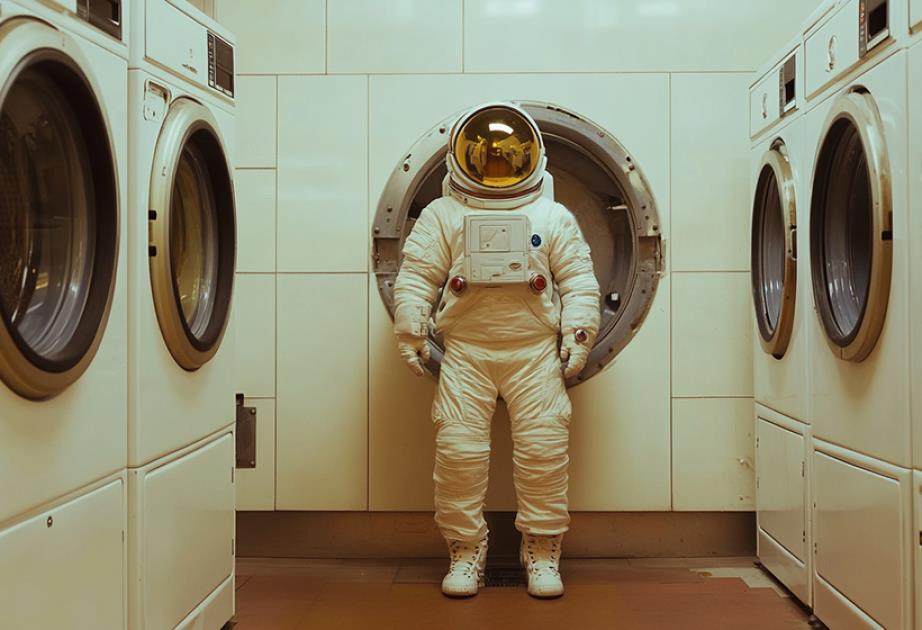China Invent Washing Machine For Astronauts
Researchers from Beijing have developed a washing machine designed to operate in space conditions, Azernews reports.
One major challenge astronauts face is the inability to wash dirty clothes during missions, which leads to one of the largest expenses for space flights, according to reports.
"Researchers from Beijing have proposed a solution - a compact, detergent-free washing machine that cleans clothes using fog and ozone, consuming almost no water, a scarce resource in space," SCMP reports.
This innovation, developed by the Chinese Astronaut Research and Training Center, is detailed in the latest issue of the Chinese Journal of Space Science. The device is a small, cube-shaped machine weighing just 12 kg.
To clean up to 800 grams of clothing per cycle, the machine uses only 400 ml of water, which is sprayed as an ultra-fine mist via ultrasonic technology. Instead of detergent, ozone synthesized by ultraviolet light is used to sterilize the clothes, allowing astronauts to wear them up to five times.
The invention could reduce the weight of clothing needed for missions to the Chinese Tiangong space station, as well as future lunar or Martian bases, by over 60%, the researchers estimate.
"For a 15-year mission with a three-person crew, approximately 3,383 kg of clothing would be required. Looking ahead - long-term stays on the Moon or trips to Mars - developing onboard washing technology is crucial to reducing the vast amount of clothing that must be shipped from Earth," the team explained.
The machine is designed to tackle the challenges of microgravity-no free-floating water droplets-and also smooths and sterilizes fabrics without chemicals. It is expected to be used for long-duration missions lasting more than five months in orbit or over two and a half months in deep space.
Interestingly, this technology not only benefits space travel but could also inspire water-saving laundry solutions on Earth, especially in areas suffering from water scarcity.
The next step for the developers is to build a working prototype, aiming to increase the machine's capacity and further reduce water consumption.
Legal Disclaimer:
MENAFN provides the
information “as is” without warranty of any kind. We do not accept
any responsibility or liability for the accuracy, content, images,
videos, licenses, completeness, legality, or reliability of the information
contained in this article. If you have any complaints or copyright
issues related to this article, kindly contact the provider above.
Most popular stories
Market Research

- Japan Green Hydrogen Market Size To Reach USD 734 Million By 2033 CAGR Of 27.00%
- United States Lubricants Market Growth Opportunities & Share Dynamics 20252033
- Japan Well Intervention Market Size To Reach USD 776.0 Million By 2033 CAGR Of 4.50%
- What Are The Latest Trends In The Europe Luxury Watch Market For 2025?
- Egg Powder Market Outlook 20252033: Growth In Functional Foods & High-Protein Trends
- Pluscapital Advisor Empowers Traders To Master Global Markets Around The Clock






















Comments
No comment